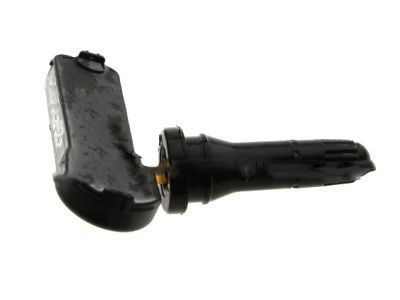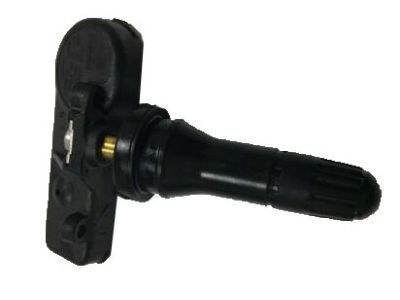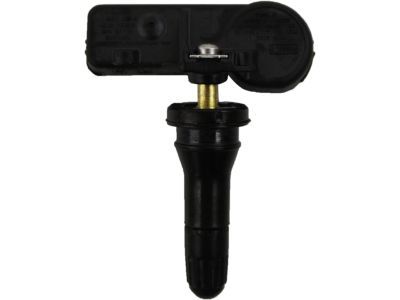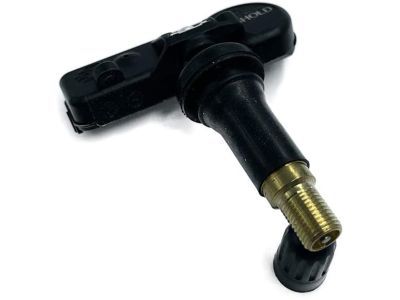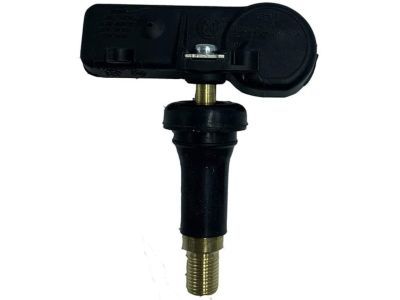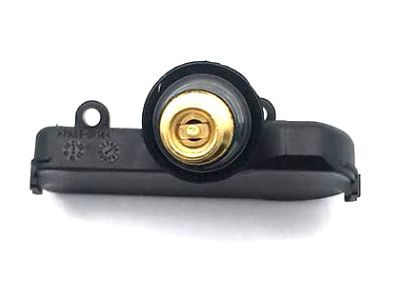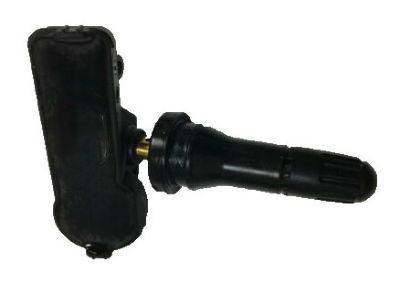FordParts
My Garage
My Account
Cart
OEM 2011 Ford Transit Connect TPMS Sensor
Tire Pressure Monitoring System Sensor- Select Vehicle by Model
- Select Vehicle by VIN
Select Vehicle by Model
orMake
Model
Year
Select Vehicle by VIN
For the most accurate results, select vehicle by your VIN (Vehicle Identification Number).
1 TPMS Sensor found

2011 Ford Transit Connect TPMS Sensor Part Number: 9L3Z-1A189-A
$50.82 MSRP: $83.62You Save: $32.80 (40%)Ships in 1 Business DayProduct Specifications- Other Name: Kit - TPMS Sensor; Tire Pressure Monitoring System Service Kit; Tire Pressure Sensor; Pressure Sensor
- Base No.: 1A189
- Item Weight: 1.20 Pounds
- Item Dimensions: 6.2 x 4.2 x 4.2 inches
- Condition: New
- Fitment Type: Direct Replacement
- SKU: 9L3Z-1A189-A
- Warranty: This genuine part is guaranteed by Ford's factory warranty.
2011 Ford Transit Connect TPMS Sensor
If you're seeking quality and affordability, look no further than our extensive inventory of genuine 2011 Ford Transit Connect TPMS Sensor available at FordPartsDeal.com. You can confidently purchase our OEM 2011 Ford Transit Connect TPMS Sensor as they are supported by the manufacturer's warranty and our hassle-free return policy, alongside the benefit of our fast delivery service.
2011 Ford Transit Connect TPMS Sensor Parts Q&A
- Q: How to Service and Repair the TPMS Sensor on 2011 Ford Transit Connect?A: The Tire Pressure Monitoring System (TPMS) sensors need activation after staying dormant longer than 30 minutes to resume sending tire pressure data. A single vehicle requires TPMS sensor training in an RFI-free zone located at minimum one meter distance from other vehicles using TPMS. RFI stems from electrical motors and appliance operation together with cellular chargers and remote transmitters and power inverters and portable entertainment devices. The horn system installed with the TPMS/Vehicle Security Module (VSM) has a 2-minute sensor response time limit before it sounds two short horns to prompt another procedure attempt. A successful retraining of sensors after tire rotation is needed to stop the TPMS indicator from turning on when rear and front tires use different pressure settings. First press the brake pedal and next step is to turn the ignition switch to OFF position. Start by turning OFF then running the ignition three times to end in RUN mode before you press and release the brake pedal and turn the ignition to OFF position. The successful entry into training mode will trigger a horn sound along with a flashing TPMS indicator during the third time the ignition switch goes from OFF to RUN. A successful tire pressure sensor activation requires 6 seconds when the Tire Pressure Monitor Activation Tool needs to be kept at the valve stem. The procedure should be tried again either by wheel rotation of at least a quarter turn or by activating the customer tool if available. The system requires another attempt at training with physical vehicle door openings. During the LF tire training proceed by placing the tool on the sidewall at its valve stem then single-button pressing followed by horn verification audible within 30 seconds. Repetitions of training sessions for the RF tire should be performed within two minutes following its first session yet maintaining less than two minutes between sessions to stop TPMS/VSM time-outs. Proceed with this training method on both RR and LR tires before finishing the procedure with the last tire trained. Once the ignition is switched to OFF the system will produce no horn sound during confirmation which fails when the horn sounds twice. To complete the procedure locate all updated TPMS sensor identifiers on the TPMS/VSM through the scan tool and record them on the specified warranty claim. Clearing DTC C2780 is important to leave manufacturing mode while checking for other TPMS/VSM programming issues which must be done after new installations and before running the TPMS/VSM On-Demand Self Test.
